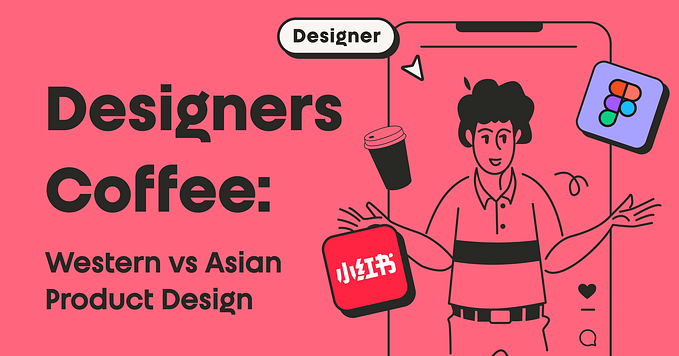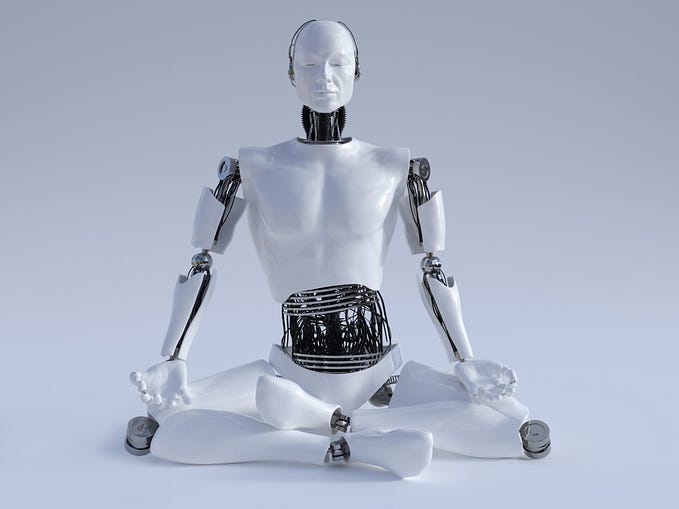The media richness theory — true or false?

Before my study of HCID, MRT theory was applied unconsciously to communicate with the others. By obtaining the informative terminology and summarizing the key elements defined in the MRT theory is quite an eye-opening process for me.
What we have learned is that “the richer the media is, the more effective the communication is”.As of today, I feel this is only true to some degree. Thanks to our fast-growing technology, we have completely turned over the normal ways of our communications. Traditionally, interpersonal communication has been always the most efficient method for conveying messages. However, as we speak today, this may no longer be the fact. The variety of intelligent digital devices and the increasing social media platforms not only eliminate the limitation of communication channels at the same time they start to challenge the efficiency of in-person communication.
How many of us have been in the situations of attempting to talk to someone in our workplaces, and instead of discussing in person often we would offer to address the problems or proposals via emails or remote conference calls for review and discussion? It looks in many circumstances that most work can be done more effectively through the mediums that are at lower levels (Letters, Email) than the one on the top (Face-to-Face).
The transitioning from one end to the other end on the “The level of the richness of the Mediums” is not only seen in the professional environment but used immensely in our personal lives.

It seems we have to accept the evident phenomenon that face-to-face interaction will keep deviating until in-person communication becomes weaker [“The effect of technology on face-to-face communication”, Emily Drago, 2015] and may no longer be the most effective communication tool.
Besides, how do we scale the effectiveness of virtual face-to-face communication on a video camera and an actual in-person communication?
Another interesting fact is that the increasingly interactive activities on social media have changed the way we communicate. How we interact with one another has evolved around the activities we conduct on social media. It is undoubtedly that the current digital world has changed the entire dynamics of communication across all age levels: the way we work, the way we live, and the way we meet people and make friendships all have taken a different approach [“The real impact of social media”, Maryanne Gaitho, 2018]. I personally see that there are many benefits of social media because it breaks down personal barriers. Many of us tell the world our personal preferences and post something online and show it to the public would never do so with friends or someone when face-to-face.
Before the advent of social media, talking about personal stuff is always a challenge. But posts as such through the social media channels have become so common we have overcome the personal obstacles [“How Social Media Has Changed Us: The Good and The Bad”, Tommy Landry, 2014] to share information more effectively from a medium that was once NOT considered the most effective way.
I say: “NO Fears!”
First, We communicate just as effective as how we did before and only given more options, so we can choose our preferred ways to communicate. There are no right or wrong, good or poor communication styles as long as we convey the messages to satisfy our intention. Second, we always benefit from having more options than less of them. With so many options we could connect in a much deeper and broad level with each other. We can now collaborate with our collegues using what technology has provided for us: to make our job easy when working with people remotely and to make long-distance no longer a problem.
The world will continuously change in its own way, so either we ride with it or run behind it. The only way to stay aware and know the things that are evolving around us is to be prepared and willing to embrace the changes that will eventually impact our lives.







